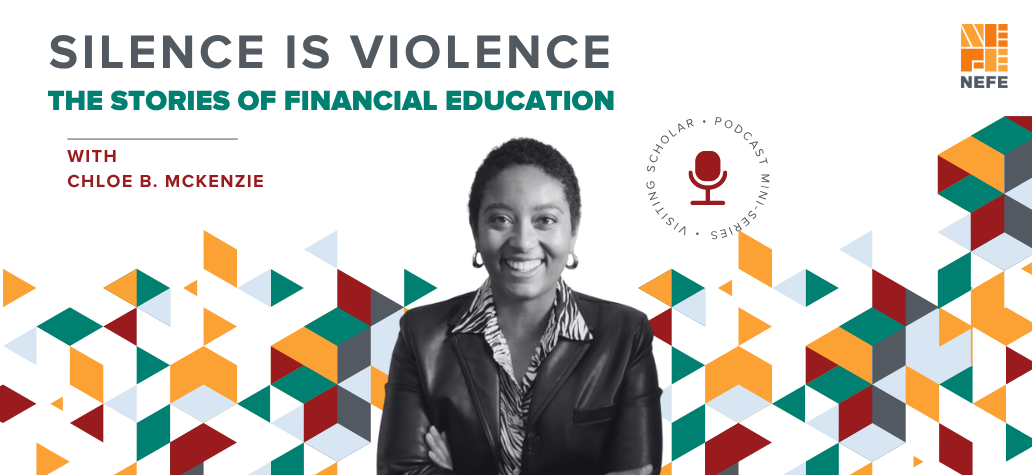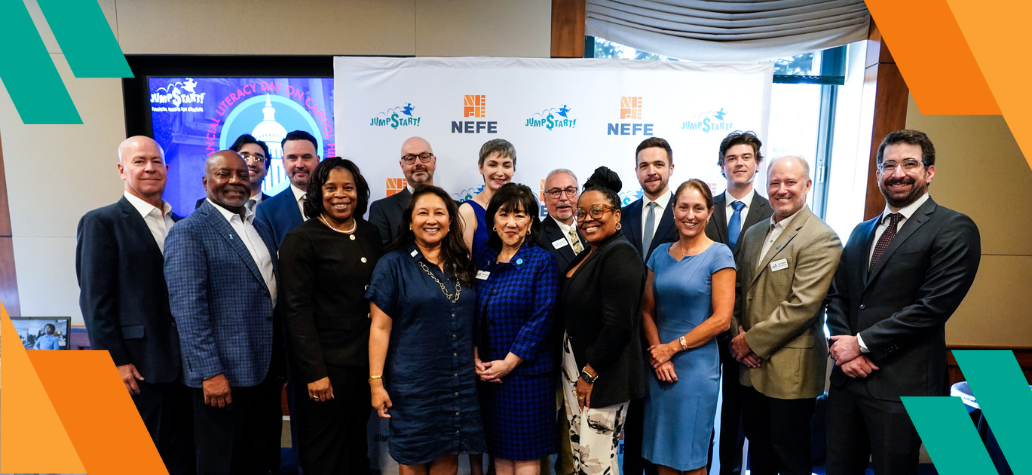WASHINGTON, D.C. — The first-of-its-kind international financial literacy assessment issued today finds American teenagers struggle to demonstrate competitive financial knowledge on the world stage. Among 18 participating countries and economies in the Programme for International Student Assessment (PISA), the United States ranks between 8th and 12th place in 15-year-olds' aptitude in planning and managing finances, dealing with bank accounts and monetary transactions, understanding taxes and savings, managing risks and rewards, and comprehension of consumer rights and responsibilities in financial contracts.
"I cannot say I am surprised to see that the U.S. ranks in the middle of the pack internationally in terms of youth financial capability. This is a clear indication that the subject needs to be taken seriously," says Ted Beck, president and CEO of the National Endowment for Financial Education (NEFE). "But let's keep in mind this PISA assessment offers an initial measurement, and one of the positive things here is that as a country we are taking a higher interest in the financial well-being of our children."
PISA finds more than one in six students in the U.S. does not reach the baseline level of proficiency in financial literacy. According to the report, these students, at best, can recognize the difference between needs and wants, can make simple decisions on everyday spending, and can recognize the purpose of everyday financial documents such as an invoice. Only about one in 10 students in the U.S. ranked as a top performer, who the report says, are students who can look ahead to solve financial problems or make the kinds of financial decisions that will be relevant to them in the future.
"This ranking gives us a reference point for how we can progress in the future. And honestly I think we are making headway," says Beck. "There are several excellent curricula available, more states have mandates in place, government is playing a positive role, and there is substantial research that validates the effectiveness of financial education. It has been a few years since the Great Recession, which gave us a teachable moment when all Americans started paying more attention to their financial security. Hopefully that is a trend that will continue."
PISA, part of the Organization for Economic Co-operation and Development (OECD) was conducted in 2012 among more than 29,000 students in the participating countries. In the U.S. more than 1,100 students in 158 schools completed the paper-based test, which also measured proficiency in mathematics and reading.
"Despite the progress in financial education there remain gaps to be filled. The silver lining is that research trends show financial education works," adds Beck. "But in order to have definitive success in what we do, we need to have programs delivered by well-trained educators and with materials that have been vetted. Furthermore, this information needs to be timely, built on relevant subject matter, and include evaluation and quality standards. There always will be many voices competing for the attention of consumers. Therefore financial education is just one part of the tripod of financial capability. It needs to be supported by choice architecture and consumer protection and regulation. With these vital pieces in place the U.S. is well-positioned to be on the medal stand in future assessments."
Shanghai-China ranked number one overall, followed by Belgium and Estonia. The Slovak Republic, Italy and Colombia rounded out the bottom three. To view the complete PISA report, visit http://www.oecd.org/pisa/keyfindings/pisa-2012-results-volume-vi.htm.
About PISA
The Programme for International Student Assessment (PISA) is a triennial international survey which aims to evaluate education systems worldwide by testing the skills and knowledge of 15-year-old students. To date, students representing more than 70 economies have participated in the assessment. The most recently published results are from the assessment in 2012. Around 510,000 students in 65 economies took part in the PISA 2012 assessment of reading, mathematics and science representing about 28 million 15-year-olds globally. Of those economies, 44 took part in an assessment of creative problem solving and 18 in an assessment of financial literacy. For more information, visit http://www.oecd.org/pisa/aboutpisa/.


